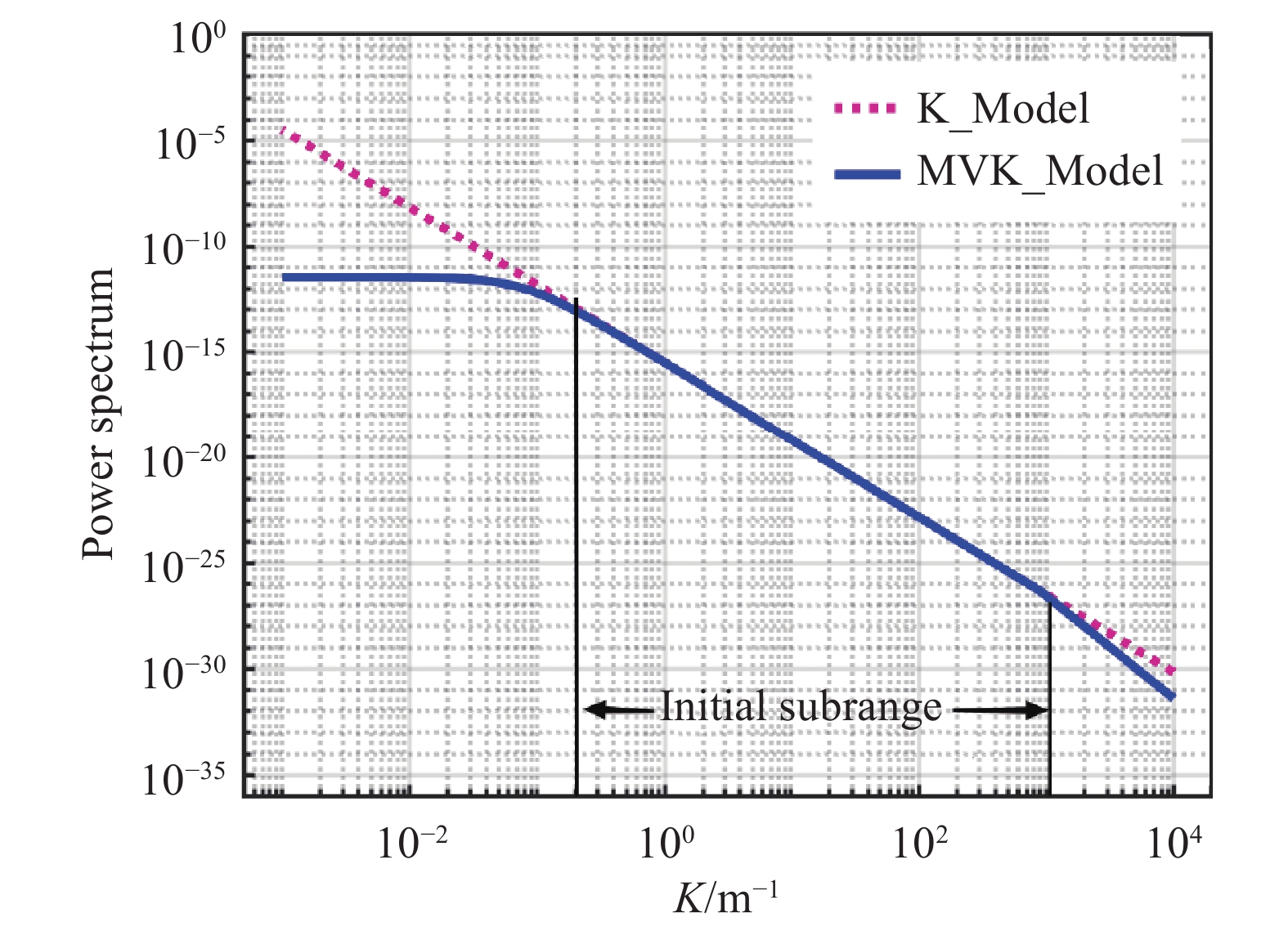Zhigeng WU, Ming LI, Zhenghao YAO, Tianyi WANG. Simulation study on fluctuation characteristics of channel transmittance for free-space continuous-variable quantum key distribution quantum[J]. Infrared and Laser Engineering, 2024, 53(8): 20240210
Search by keywords or author
- Infrared and Laser Engineering
- Vol. 53, Issue 8, 20240210 (2024)
![Sketch of free space continuous-variable quantum key distribution[24] (AWG is the Arbitrary Waveform Generation, and the splitter holds the same transmittance \begin{document}$ \eta $\end{document} as that of free space quantum channel)](/richHtml/irla/2024/53/8/20240210/img_1.jpg)
Fig. 1. Sketch of free space continuous-variable quantum key distribution[24] (AWG is the Arbitrary Waveform Generation, and the splitter holds the same transmittance

Fig. 2. Comparison of the Kolmogorov spectrum model (K_Model) and the modified Von Karman spectrum model (MVK_Model)
Fig. 3. Numerical simulations of free space quantum channel with split-step transmission combined with phase screen flat panel method
Fig. 4. Numerical simulation results associated with transmittances of free space quantum channels based on the Kolmogorov spectrum model (K_Model) and the modified Von Karman spectrum model (MVK_Model) under various atmospheric turbulence conditions
Fig. 5. Comparison of the statistical probability density of free space quantum channel transmittance based on the numerical simulation results and the existing analytical models under (a) weak turbulence and (b) moderate turbulence
|
Table 1. Parameters during free space quantum channel simulations

Set citation alerts for the article
Please enter your email address



